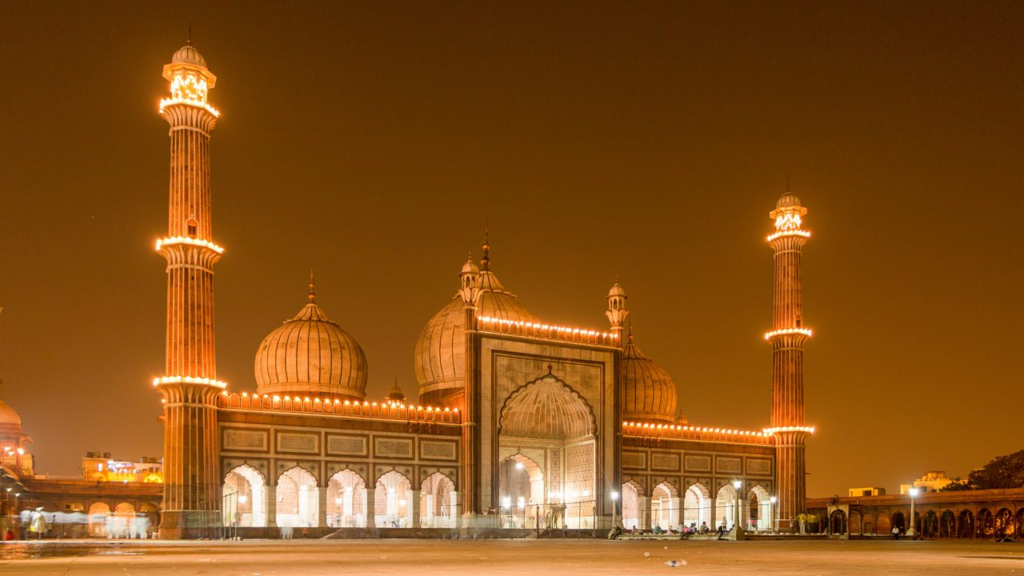
Table of Contents
- Introduction: A World Woven by Celebrations
- What Makes a Holiday Global? Faith, Culture, and Humanity
- Eid al-Adha: The Festival of Sacrifice and Devotion
- Diwali: The Festival of Lights and Inner Victory
- Hanukkah: The Miracle of Lights and Legacy
- Christmas: A Celebration of Birth, Joy, and Giving
- Lunar New Year: Cycles, Symbols, and Shared Wishes
- New Year’s Eve: A Moment of Reflection, a Leap into Renewal
- The Role of Calendars: Lunar, Solar, and Regional Systems
- Why Holiday Timing Varies Around the Globe
- Common Threads: Unity in Diversity
- Conclusion: More Than Dates — Celebrating the Human Spirit
1. Introduction: A World Woven by Celebrations
Across continents and cultures, holidays are more than breaks in our calendars — they are reflections of values, history, hope, and human connection. From the spiritual solemnity of Eid al-Adha to the glittering countdown of New Year’s Eve, each holiday carries its own rhythm, color, and story.
2. What Makes a Holiday Global? Faith, Culture, and Humanity
A holiday becomes “global” not just when it’s celebrated across countries, but when its meaning resonates beyond borders — invoking universal themes like gratitude, family, triumph, or renewal. The diversity in timing and customs only deepens the shared human experience.
3. Eid al-Adha: The Festival of Sacrifice and Devotion
Timing: Based on the Islamic lunar calendar, falls on the 10th day of Dhu al-Hijjah.
Tradition: Honoring Prophet Ibrahim’s willingness to sacrifice, Eid al-Adha emphasizes faith, charity, and community meals. Observed with prayers, animal sacrifices (Qurbani), and the distribution of meat among family, friends, and those in need.
Global Insight: While dates shift each year, the emotions stay timeless — humility, gratitude, and sharing.
4. Diwali: The Festival of Lights and Inner Victory
Timing: Between October and November, based on the Hindu lunar calendar.
Tradition: Diwali celebrates the victory of light over darkness, good over evil. Homes are illuminated, prayers are offered to Lakshmi (goddess of wealth), and families exchange sweets and gifts.
Global Insight: Indian communities around the world turn Diwali into a celebration of unity, prosperity, and renewal — whether in New Delhi or New York.
5. Hanukkah: The Miracle of Lights and Legacy
Timing: Falls in November or December, for eight nights.
Tradition: Rooted in Jewish history, Hanukkah commemorates the rededication of the Second Temple in Jerusalem. Each night, a candle is lit on the menorah, accompanied by blessings, songs, and traditional foods.
Global Insight: A symbol of resilience and light, Hanukkah reminds the world of faith enduring through adversity.
6. Christmas: A Celebration of Birth, Joy, and Giving
Timing: December 25 (Gregorian calendar).
Tradition: Marking the birth of Jesus Christ, Christmas combines religious and secular customs — midnight masses, decorated trees, gift-giving, and festive feasts.
Global Insight: With cultural adaptations from Philippines to Finland, Christmas exemplifies how a single holiday can embody multiple layers of meaning — spiritual, familial, and joyful.
7. Lunar New Year: Cycles, Symbols, and Shared Wishes
Timing: Varies each year between January and February, based on the Chinese lunar calendar.
Tradition: Welcoming the new lunar year with red decorations, lion dances, family banquets, and “hongbao” (red envelopes), this celebration is rooted in renewal, ancestry, and fortune.
Global Insight: Whether in Beijing, Bangkok, or San Francisco, the Lunar New Year connects generations with traditions that transcend time.
8. New Year’s Eve: A Moment of Reflection, a Leap into Renewal
Timing: December 31
Tradition: Marked by countdowns, fireworks, and resolutions, New Year’s Eve is more than a calendar reset — it is a collective moment of reflection and forward hope.
Global Insight: While cultures celebrate in distinct ways — with grapes in Spain, midnight kisses in the U.S., or silent prayers in Japan — the essence is universal: letting go and starting anew.
9. The Role of Calendars: Lunar, Solar, and Regional Systems
The diversity in holiday timing stems from the calendar systems followed across cultures:
- Lunar Calendar (Hijri, Chinese): Based on moon cycles; dates shift annually.
- Solar Calendar (Gregorian, Persian): Sun-based, with fixed dates.
- Lunisolar Calendar (Hindu, Hebrew): Combines both systems.
Understanding calendars deepens our appreciation of why holidays move, and how civilizations view time.
10. Why Holiday Timing Varies Around the Globe
Global holidays are shaped by a blend of:
- Religious doctrines
- Agricultural cycles
- Historical events
- Astronomical observations
This diversity isn’t a gap — it’s a rich cultural symphony that allows us to celebrate life multiple times, in different ways, through the year.
11. Common Threads: Unity in Diversity
While names, rituals, and dates vary, a few threads connect all global holidays:
- Coming together with loved ones
- Rituals of remembrance and renewal
- Acts of kindness and giving
- Moments to pause, reflect, and be grateful
Despite language or landscape, holidays speak to the core of the human spirit.
12. Conclusion: More Than Dates — Celebrating the Human Spirit
From the dawn-lit prayers of Eid al-Adha to the midnight fireworks of New Year’s Eve, global holidays offer more than rituals — they offer meaning, connection, and perspective. Understanding their timing and traditions opens a window into how we, as a global family, celebrate life, legacy, and love — in our own unique, but deeply connected, ways.

